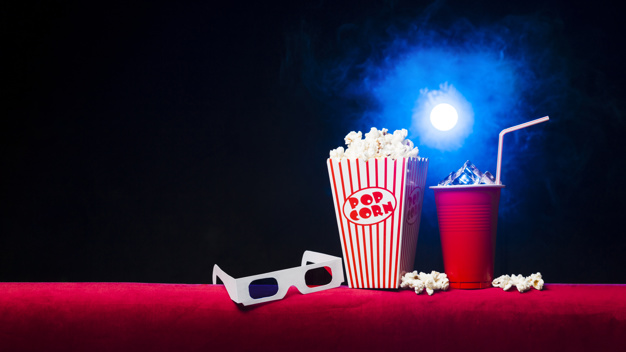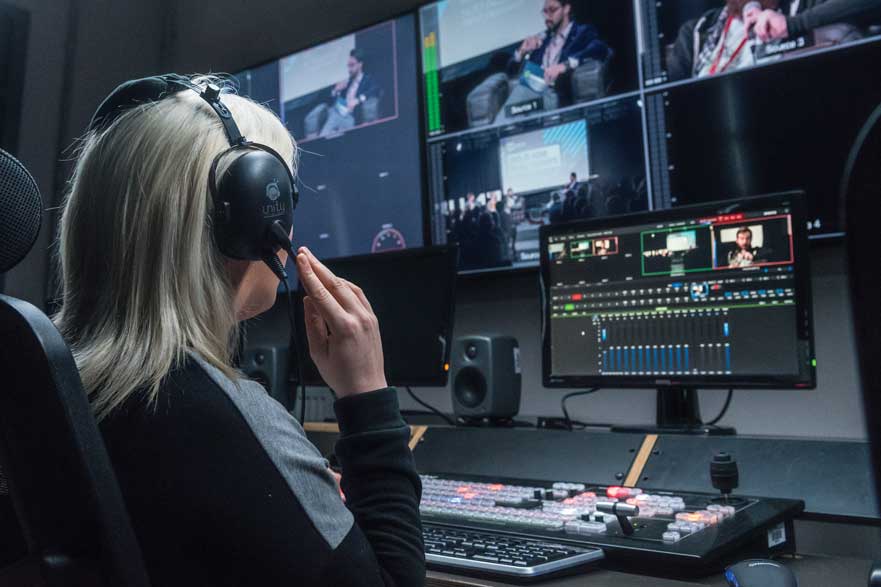The Indian multimedia industry has no boundary lines anymore. It is more inclusive than ever. Earlier, it was seen as this mega business revolution where movies and TV serials were the ruling giants. The line has blurred over the past four to five years. Some directors and top producers have even come to say that this is the worst time ever for the TV and film business.
Well, there are different ways to look at this. You can either focus on the good (which btw is a lot) or think about the downfall. But if you are smart, it will strike you that there is really nothing as such a downfall. The industry of multimedia is thriving bigger than it ever has.
Digital Streaming Platforms and Multimedia
When we talk about digital streaming platforms, we talk about various platforms like YouTube, Netflix, Amazon, Voot, Hotstar and etc. On the other hand, multimedia comprises of films, TV shows, advertisements, vlogs and etc. Now that you have got a gist about both the parties in conversation, let’s begin to understand their relation and how they confluence one another.
- The business of digital platforms
The very stereotyped concept of advertisements has always been limited towards television. A decade back YouTube challenged that and changed it. By letting creators take charge of their content, YouTube has created an open to all platform for creators, advertisers and etc.
The business of entertainment content and advertisement become transparent and now it is a multibillion dollar business. YouTube India has reached people across all demographics, economic strata and content preferences. Whether it is comedy, sketch, makeup, skincare, health, fitness or even vlogging; Indian content creators are killing it and making their mark on YouTube. This has promoted advertisers to put up their advertisements on YouTube and make it a profitable venture for both the creators and the audiences.
- Netflix/ Amazon Prime/Hotstar and other streaming platforms
Digital streaming was not such a big thing a couple of years back. It is however, the fastest reaching entertainment podium to the Indian audiences. Now, here there is a profit venture again. Platforms like Netflix and Amazon make their revenue from subscriptions. That works in their favor to a great extent.
Audiences are more open to the fact that they can stream their favorite films and shows anytime, on any device at a cost which is less than a whole movie viewing experience.
Netflix India has been making quality content in the form of films, shows, documentaries and etc. Indians are more leaning towards the digital platforms for sure.
Similarly, Prime Video saw a 120% rise in their subscription users after it started making original shows in addition to the standup specials.
Other platforms like Hotstar, Voot and Sony LIV do allow free streaming but with advertisements. That allows people to catch up on their favorite reality shows and TV shows even after they miss it on the channel broadcast. Voot witnesses a 200% rise in the number of streamers during the Bigg Boss airing months.
How Indian Multimedia is corroborating with Digital India?
Digital India is not just a government initiative; it is the call of the hour. Smart phones are omnipresent. People depend on their phone for news, entertainment, communication and etc. The Indian multimedia rather than discussing the statistics has moved on and tried to pace itself with the change.
- All leading News Channels have launched heir apps, websites, and newsletters with a subscription plan.
This climate of unbiased media and waves of fake news has led to the launch of another application and website called ANI to combat the same.
Platforms like ‘The Wire’, ‘The Quint’ and etc are 100% digitally operating news and platforms. They conduct reporting, broadcast, research and all their work online. ‘The Wire’ happens to be publically funded in addition to just being online.
- Producers make an agreement with online streaming platforms to give up the rights of their films to one or multiple of them, just a few weeks after the release. For example: Mission Mangal was put up on Hotstar VIP in less than a month after its release. In fact, it came on Hotstar before it could come up on any TV channel.
- Advertisers are using digital media trends and hashtags to curate their advertisements. In fact Animation courses in Kolkata and in many other places have included modules which teach students how to make designs more relevant to the social media platforms. This is not just with animation courses in Kolkata but also with multimedia training.
- Mainstream directors like Zoya Akhtar and Anurag Kashyap are directing shows and films on digital platforms. Some of their most notable works has been Made in Heaven, Sacred Games, Lust Stories, and etc are some stepping stones in that direction.
Will this bond continue?
Another very important question which often comes up on telly chat conversations is the longevity of this amalgamation. You would often see Anupama Chopra or Rajeev Masand ask these questions to mainstream stars like Alia Bhatt and digital stars like Shobhita Dhulipala.
Then there are actors like Radhika Apte and Pankaj Tripathi who have created a balance between the both. One does need to understand that, this is a spontaneous change and growth which we are all witnessing and somewhat consuming.
Digital India has infiltrated the multimedia business for good and this confluence can only be seen to get stronger. Animation training courses in Kolkata are also developing their curriculum and teaching students how to curate content more relatable to the masses.
After all, who could have imagined while watching Highway that one day Alia Bhatt would be doing Q & A vlogs on her YouTube Channel. At the same time, who would have thought that Lilly Singh, an Indian-Canadian girl who draws beard on her face for internet videos would get her own late night talk show on television.
That is the beauty of this integration and we cannot wait to explore more of it. If you wish to learn more about this then click here to find out more about animation training courses in Kolkata.

